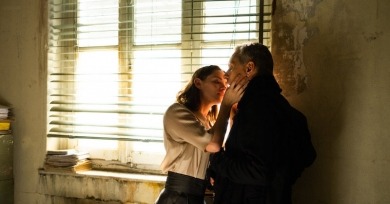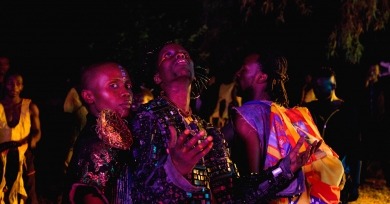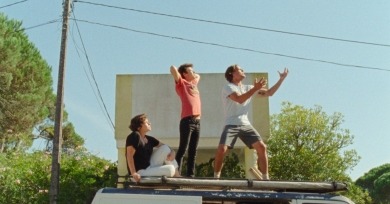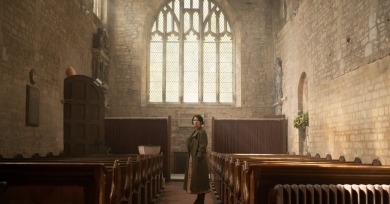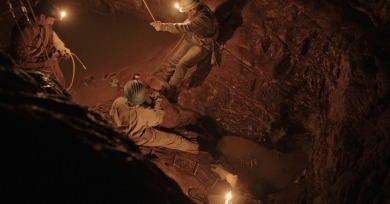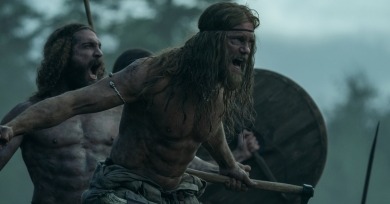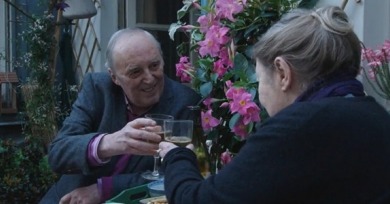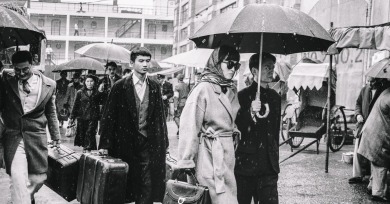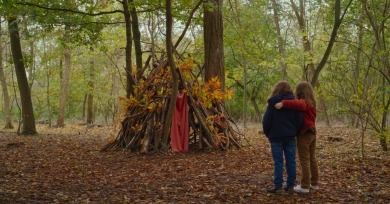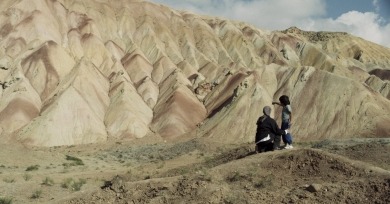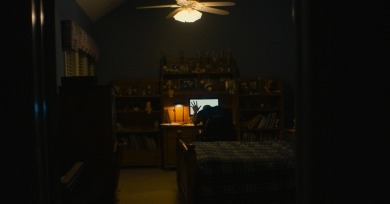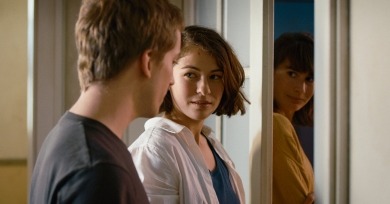Reviews
Tonally uneven and a bit didactic in its dialogue, Crimes is nevertheless a film that both takes itself as a serious piece of art and lampoons the appetite for novel spectacle that subsumes so much of contemporary visual culture.
Vividly imagining a new future for the African diaspora, Neptune Frost is a sprawling Afro-centric science fiction that at once uplifts the oppressed and dresses down neocolonialism and binary thinking.
Miguel Gomes is a director who tends to enfold question, answer, and, especially, non-answer, into his actual films. His latest, The Tsugua Diaries, co-directed with his partner Maureen Fazendeiro, is arguably the most systematic working-out of this tendency.
So much of the screenplay is concerned with the flashy presence of big, topical themes like Trauma, Abuse, and Toxic Masculinity. Garland is intrigued by these themes as talking points, but he is incapable of incorporating them into the lived realities of his characters in ways that feel organically rooted in real-world concerns.
The sense of characterization emerges equally from the supposed downtime, the moments between the conversations.
The resplendence of the cave sequences must be seen to be believed, and their ingenuity marks Il Buco as a significant work of digital filmmaking.
The most provocative reason Thyberg could have given for Linnea’s career is the un-thrilling reason almost everybody has for going to work: to pay the bills, to secure housing, and to live.
Though certainly less chaotic than The Lighthouse in unearthing repressed desires beneath manly bravado, The Northman suffers from a similar overestimation of both the perversity and brutality of its imagination.
Noe uses two cameras to capture all of their travails in intimate close-up, allowing us to see them both at once using split-screen. Such a formally rigorous approach tends to call attention to itself, naturally inviting questions of aesthetics and perception.
It’s best to keep your wits about you while watching Lou Ye’s gorgeous and surprisingly playful latest film Saturday Fiction, set in Japanese-occupied Shanghai.
Time is in many ways the subject of Petite Maman, which opens with the ticking of a clock, suggesting the childlike domain of Fanny and Alexander, a film that likewise tries to understand the mysteries of adulthood through a child’s eyes.
In an echo to his father's 2015 masterpiece Taxi and in the great Iranian cinematic tradition, notably the films of Abbas Kiarostami, Panah Panahi presents this vibrant, bracing, and tenderly devastating family portrait through the pressurized chamber setup of a road movie.
The film is a reflective presentation of how an entire generation was drawn into the digital sphere in response to a physical world that often left them in a despondent state of isolation, dissociation, and dysphoria.
The filmmakers repeatedly return to one notable formal strategy: building up a link between two people across a given scene or shot, then punctuating it by cutting to a heretofore unseen observer.
